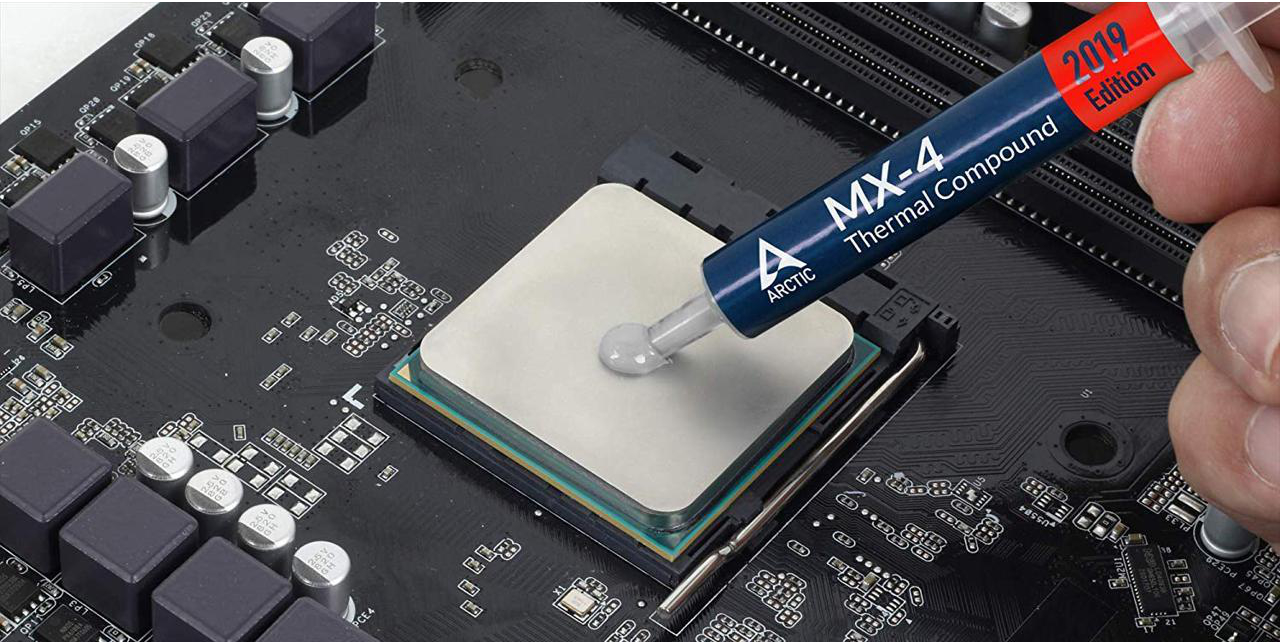When I upgraded my PC, I assumed my new CPU cooler included thermal paste. It wasn’t until I started assembling that I realized I hadn’t checked, leading to a last-minute trip to the store. Now, I always double-check for pre-applied paste to avoid unnecessary hassle!
Most CPU coolers come with pre-applied thermal paste, ensuring easy installation and efficient heat transfer. However, this isn’t always guaranteed, so it’s crucial to check the packaging or product details. Knowing this can save you time and enhance your PC’s performance.
Stay tuned with us as we dive into the hot topic: Do CPU Coolers Come with Thermal Paste? We’ll uncover all the details you need to know, so don’t miss out!
What is Thermal Paste, and Why is It Important?

Thermal paste, also known as thermal compound or thermal grease, is a heat-conductive substance applied between the CPU and the cooler’s heatsink. It fills microscopic gaps on the surface, ensuring efficient heat transfer and preventing overheating.
Key Benefits of Thermal Paste
- Efficient Heat Transfer: Facilitates heat dissipation from the CPU.
- Improved Performance: Prevents thermal throttling during demanding tasks.
- Enhanced Longevity: Reduces wear on components caused by excessive heat.
Failing to use thermal paste or using it improperly can result in system instability, reduced performance, and hardware damage over time.
Types of CPU Cooling Systems
Understanding the different cooling solutions available helps determine whether they come with thermal paste and what’s suitable for your needs.
Air Cooling Systems
Air coolers consist of a heat sink paired with one or more fans to dissipate heat through airflow. These are cost-effective, reliable, and easy to install.
- Pre-Applied Thermal Paste: Most air coolers from brands like Noctua and Cooler Master come with pre-applied thermal paste on the heatsink.
- Popular Use Cases: Ideal for mid-range builds and users not planning to overclock.
All-in-One (AIO) Liquid Cooling Systems
AIO coolers use a liquid medium to transfer heat from the CPU to a radiator, where fans expel it.
- Pre-Applied Paste: Most AIO solutions from manufacturers like NZXT and Corsair include pre-applied thermal paste on the water block.
- Use Cases: Preferred for high-performance builds, gaming rigs, and overclocking.
Custom Water-Cooling Systems
These are customizable setups with separate components like water blocks, reservoirs, pumps, and radiators.
- Thermal Paste: Rarely included; users must purchase it separately.
- Use Cases: Ideal for enthusiasts looking for maximum cooling efficiency.
Do CPU Coolers Come with Thermal Paste?
Whether a CPU cooler includes thermal paste depends on the type and manufacturer.
Air Coolers
- Included: Most air coolers feature pre-applied thermal paste, ensuring convenience and ease of use.
- Exceptions: Some budget models might not include it, requiring separate purchase.
AIO Coolers
- Included: Almost all AIO coolers come with pre-applied paste for quick installation.
- Quality: Often sufficient for regular use but may not meet the demands of extreme overclocking.
Standalone Fans
Fans sold without heatsinks or as part of custom setups generally do not include thermal paste. Ensure you buy a high-quality paste to accompany such components.
Read More : CPU Fan Speed Detection Error: Causes, Fixes, and Pro Tips for Long-Term Performance 2025!
Is Pre-Applied Thermal Paste Good Enough?
The quality of pre-applied thermal paste varies by brand and model. While it’s convenient, it may not always be the best option for your needs.
Advantages
- Convenience: Saves time and effort during installation.
- Adequate Performance: Suitable for standard use cases and non-overclocked systems.
Disadvantages
- Variable Quality: May not perform well under heavy loads or overclocking conditions.
- Limited Longevity: Some pre-applied pastes degrade faster than premium options.
Recommendation
For high-performance or overclocked systems, consider replacing the pre-applied paste with a premium product like Arctic MX-4 or Thermal Grizzly Kryonaut.
How to Choose the Best Thermal Paste

Selecting the right thermal paste ensures optimal performance and longevity for your system.
Factors to Consider
- Thermal Conductivity: Measured in W/mK; higher values indicate better heat transfer.
- Durability: Look for pastes with long service life and minimal degradation.
- Ease of Application: Non-conductive pastes are safer and easier to apply.
Top Picks for Thermal Paste
| Brand | Thermal Conductivity | Best For |
| Arctic MX-4 | 8.5 W/mK | General use |
| Noctua NT-H1 | 8.9 W/mK | Longevity and ease |
| Thermal Grizzly Kryonaut | 12.5 W/mK | Extreme performance |
How to Apply Thermal Paste Correctly
Proper application of thermal paste is crucial to achieving the best cooling performance.
Step-by-Step Guide
- Clean the Surface: Remove old paste using isopropyl alcohol and a lint-free cloth.
- Apply Paste: Use a small amount (pea-sized) on the center of the CPU.
- Mount the Cooler: Securely attach the cooler to distribute the paste evenly.
Common Mistakes to Avoid
- Using Too Much Paste: Can cause spillage and reduced effectiveness.
- Skipping Cleaning: Residual paste can compromise performance.
FAQs
1. Do all CPU coolers come with pre-applied thermal paste?
No, but most air and AIO coolers include it. Custom cooling systems typically require separate paste.
2. Can I reuse pre-applied thermal paste?
No, it’s best to clean and reapply paste whenever you remove the cooler.
3. How often should thermal paste be replaced?
Replace it every 1-2 years or when you notice increased CPU temperatures.
4. What happens if I don’t use thermal paste?
Your CPU will overheat, leading to throttling, crashes, or even permanent damage.
Conclusion
Most CPU coolers come with thermal paste, but the quality and suitability depend on the type and manufacturer. While pre-applied paste is sufficient for many users, investing in a premium thermal compound ensures maximum performance and durability. Always consider your use case and cooling needs to make the best choice for your system.

